Photo Essay: Birders of a feather flock together
Audubon Society's 117th annual Christmas Bird Count brings bird watchers to the Bay
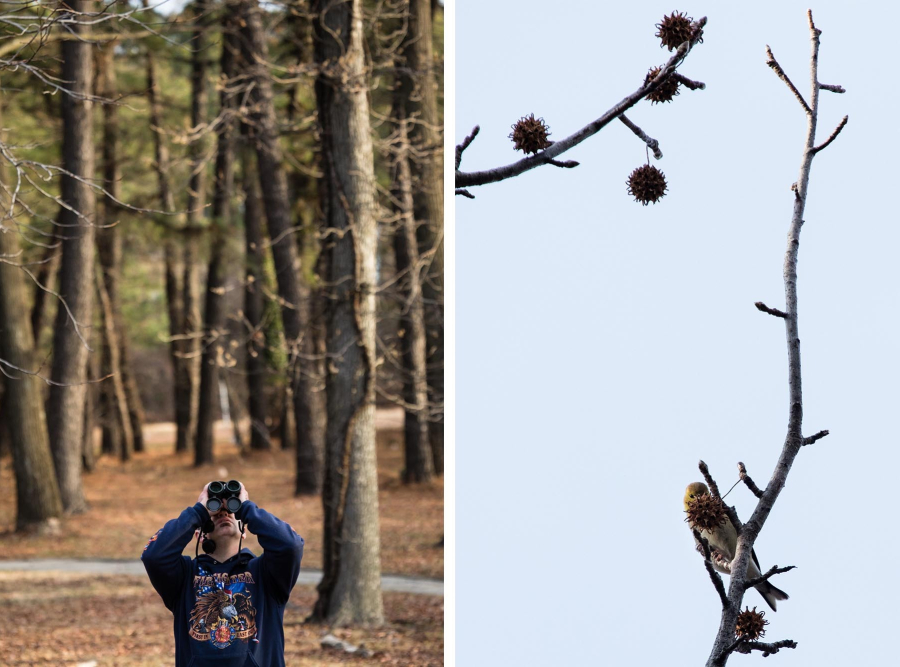
For 117 years, the National Audubon Society’s Christmas Bird Count has seen thousands of birders organize for what is the oldest citizen science project in the country. It began in 1900 as a proposed alternative to winter hunting traditions. Today, the data helps Audubon and other organizations monitor the health of bird populations and inform conservation work.
At the ground level, it involves small groups of volunteers undertaking count circles that are 15 miles in diameter and making a note of every single bird they see or hear. Often starting in the pre-dawn hours, participants are out almost all day, with tallies compiled in the afternoon. This winter, the count was conducted from December 14th through January 5th. The tally is still moving upward, but last year’s total for the United States was about 54 million birds.
Along the shore of the Chesapeake Bay near Deale, Maryland, Marcia Watson and Gene Scarpulla began counting gulls and other shorebirds at a private harbor where they had secured permission ahead of time.
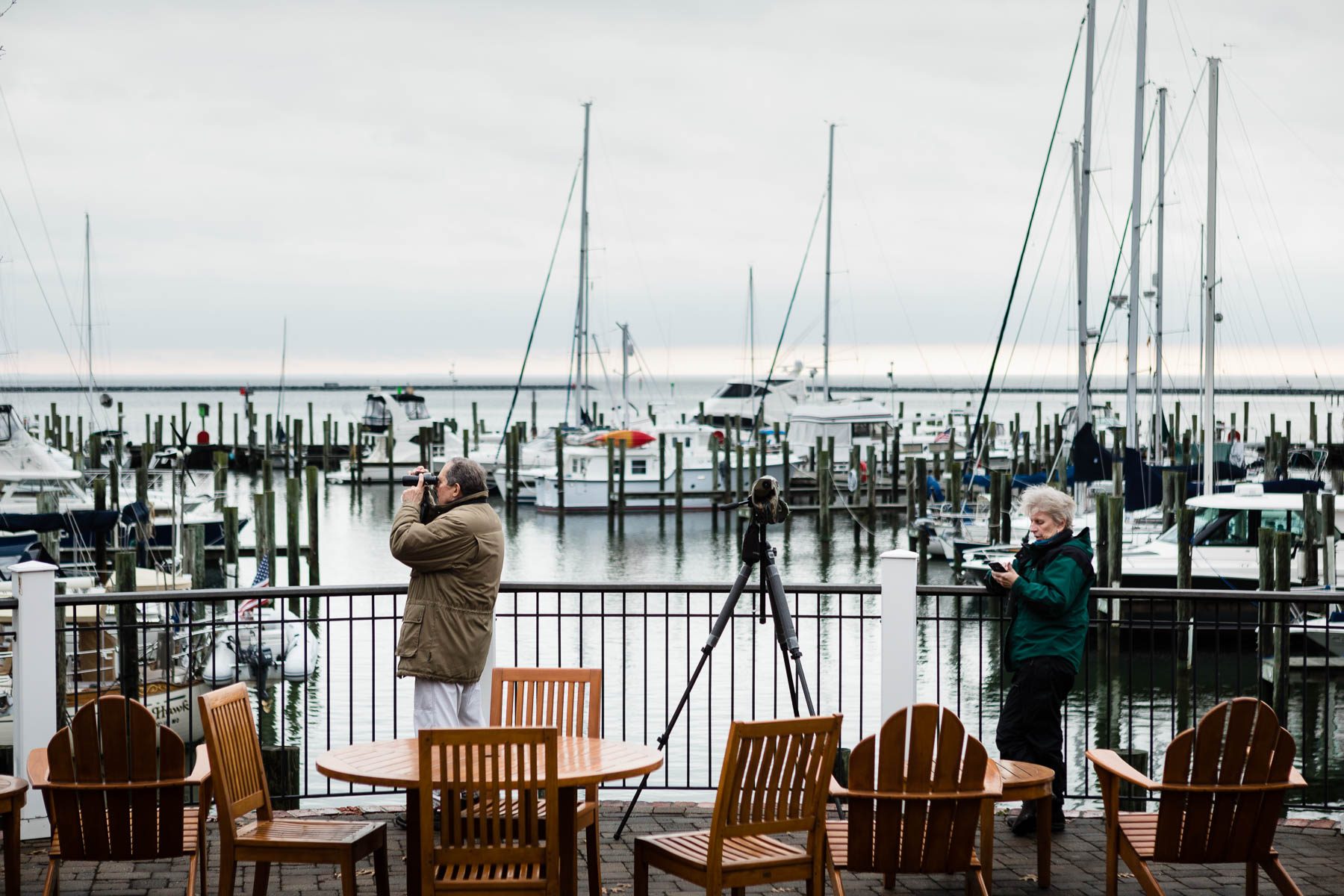
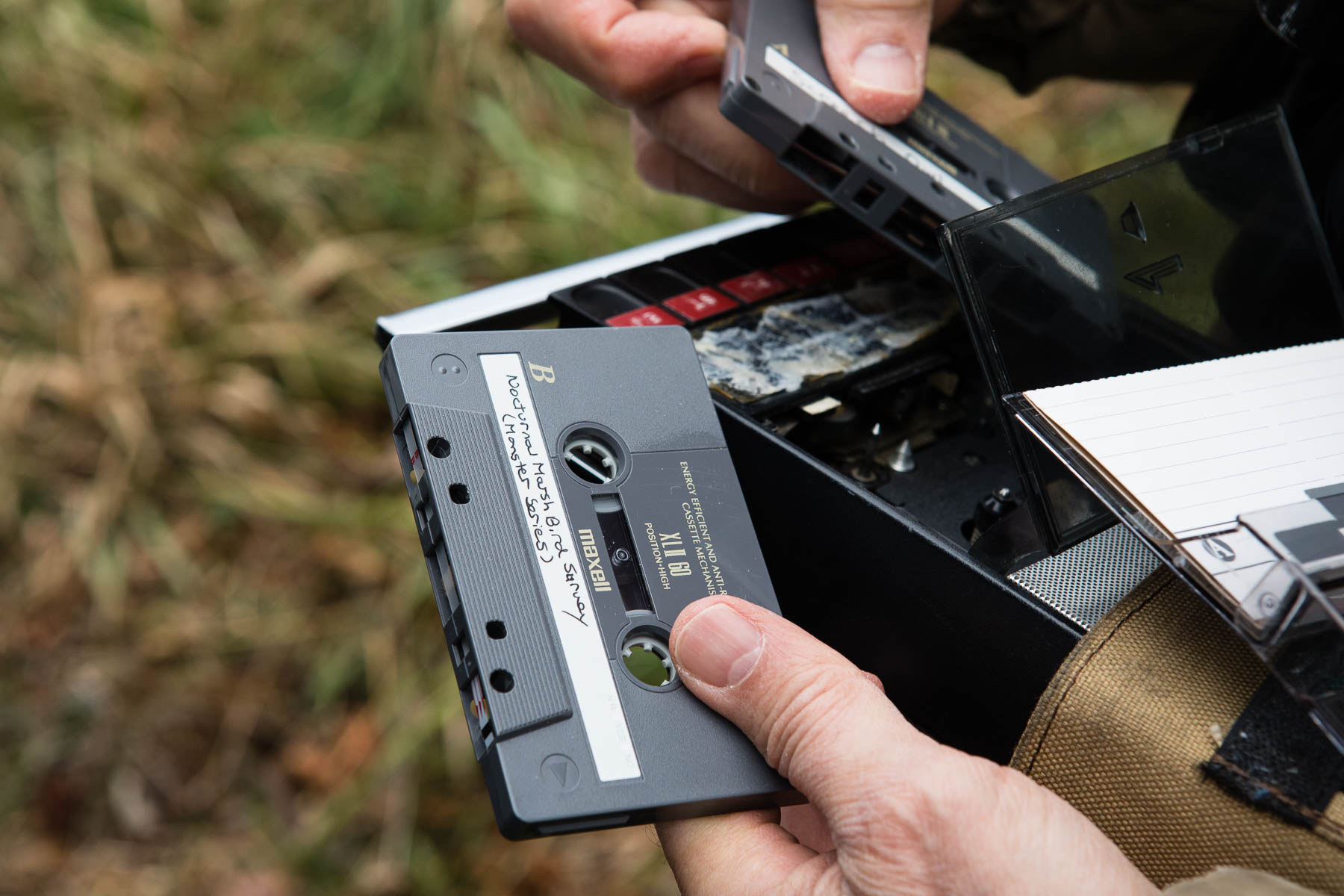
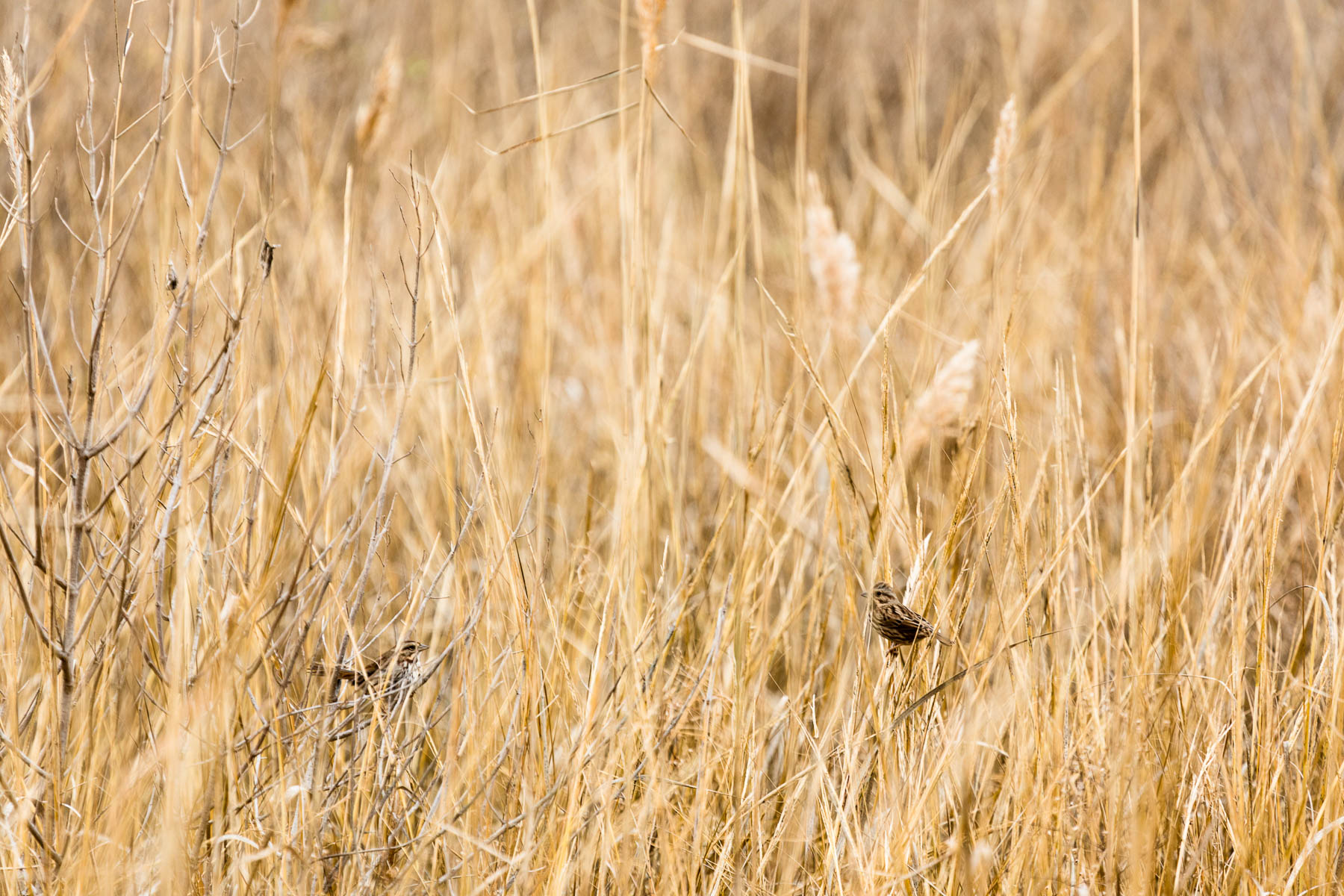
“This area is a little tough because it's mostly private property; there's very little public access,” said Watson, a retired professor and college administrator.
While scanning the water, Watson described how she and other birders have observed pelicans farther up the Bay this year, possibly because of below-average rainfall letting saltwater come farther north.
Watson said she has observed another change in the various counts she and Scarpulla have participated in—fewer birds in general. For example, she said the Chesapeake Bay region used to host huge mixed flocks including common grackles, red-winged blackbirds, European starlings, and brown-headed cowbirds.
“I remember counting twenty-some years ago in Cecil County, standing in one spot from about 4 p.m. to 5 p.m., and counting continuous streams of blackbirds coming in to roost,” Watson said. “They numbered in the hundreds of thousands. Now, you might see one or two flocks numbering in the hundreds.”
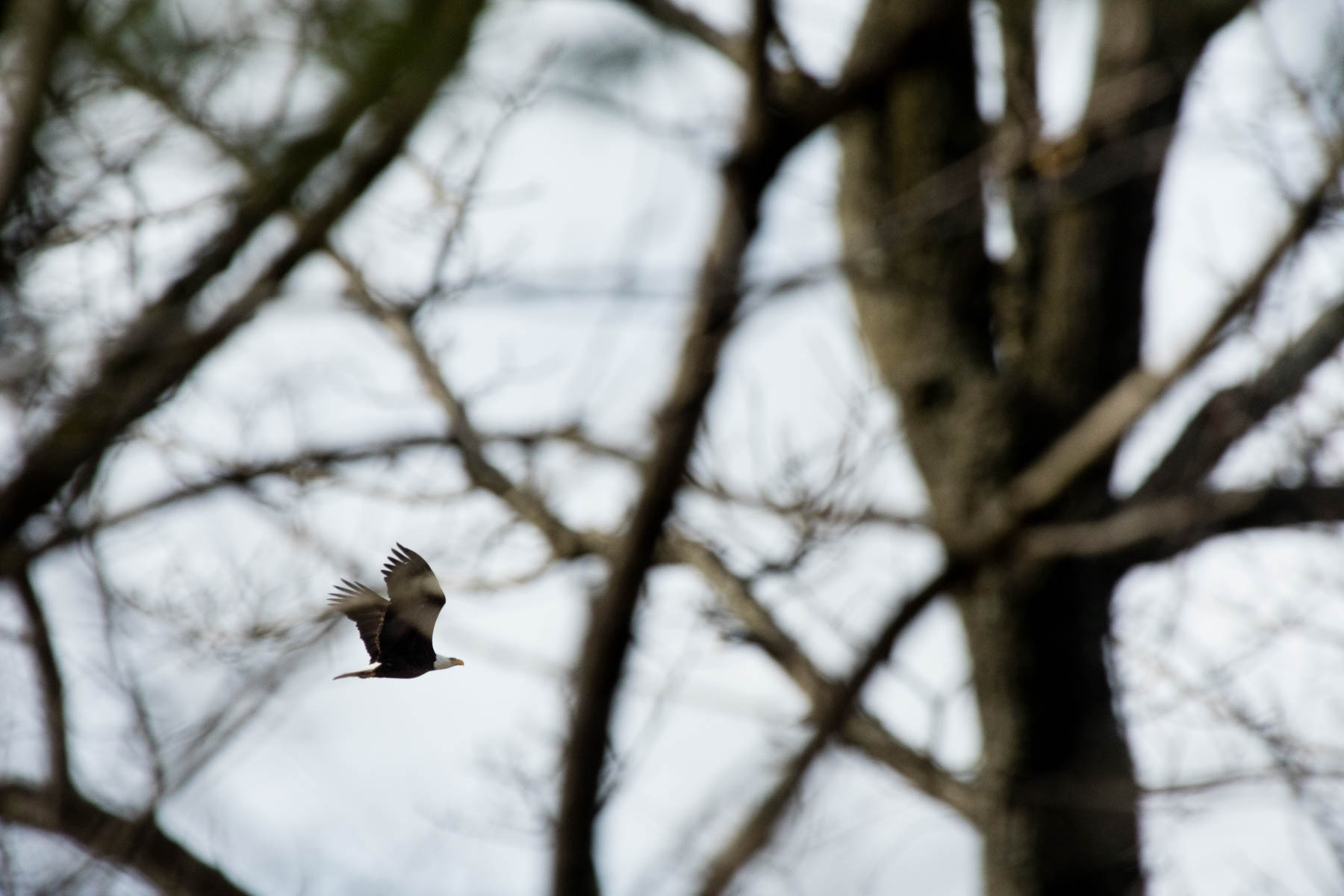

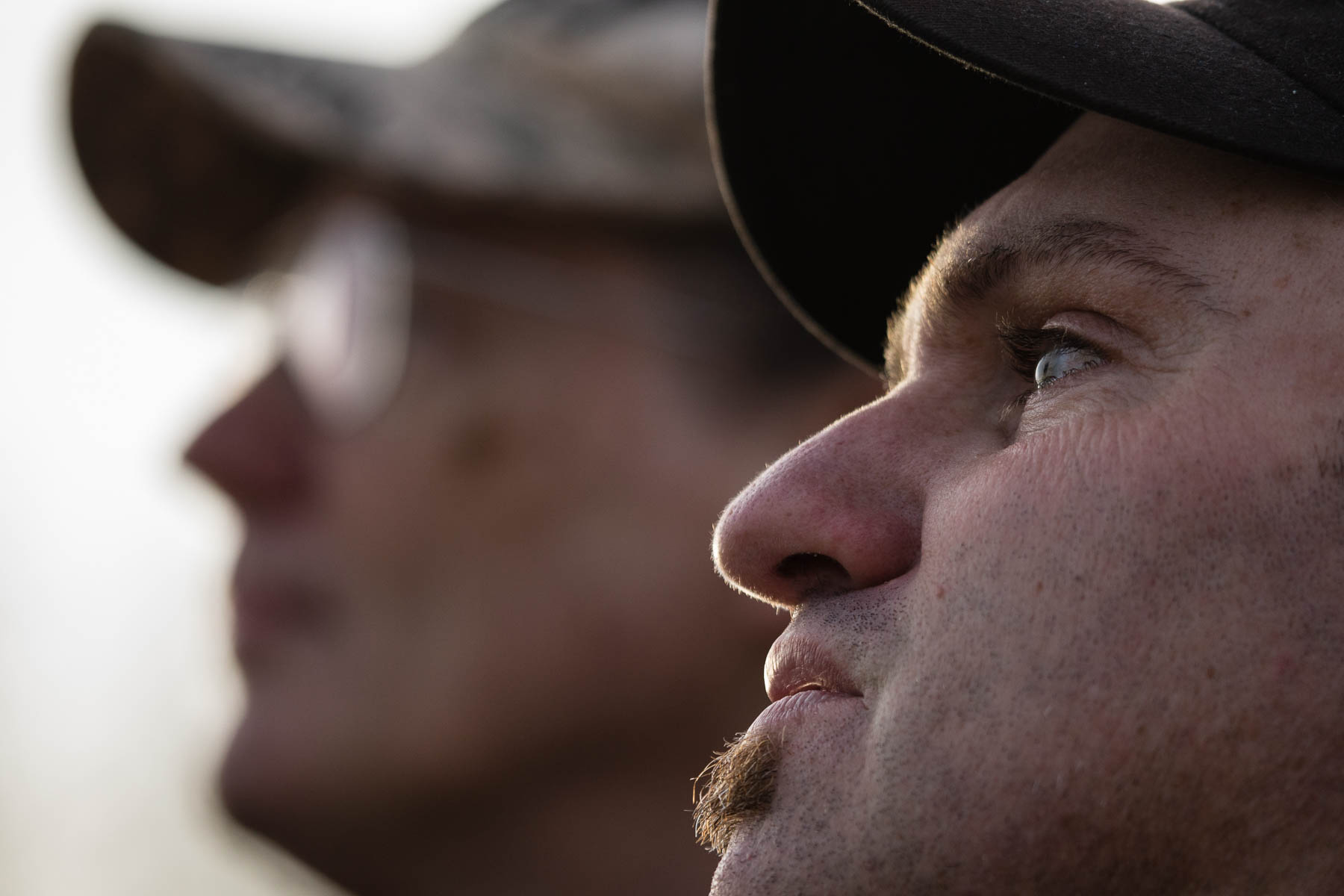
At another count circle in Baltimore County, Kevin Graff left his vehicle near the bank of the Back River and started making sound by forcing air through his teeth, spotting a chickadee and a few song sparrows while scanning some trees.
“It’s a trick that bird watchers use when they want to bring some more of them in, so they can see them,” said Peter Webb, a member, along with Graff, of the Baltimore Bird Club.
Webb said the pishing sound resembles the noise that Carolina wrens make when scolding, which attracts a lot of small birds.
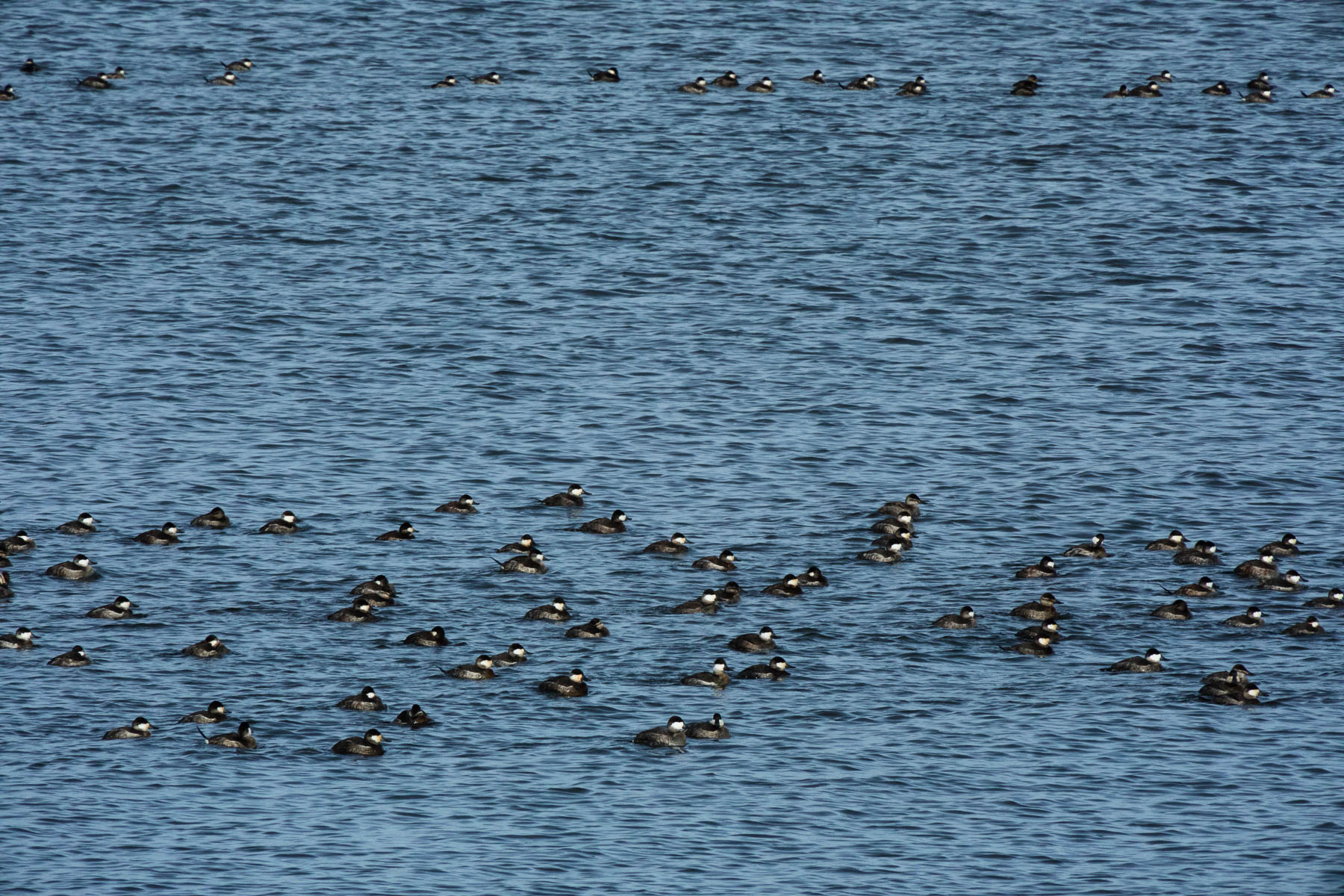
Graff and Webb, like Watson and Scarpulla, have also had issues with public access during the count.
“We actually used to do it including the harbor in downtown Baltimore, but most of the places we had access to we lost access to,” Webb said. “Gradually more and more places got industrialized and ‘no trespassing’ signs came up on fences all over the place.”
Webb said it got to the point where it wasn’t worth doing the count there anymore, and they moved to the new circle about five years ago.
But on this count, which happened to fall on New Year’s Eve, Graff and Webb came away with a satisfying list of birds. Among the species they spotted or heard calling were bald eagles, red shouldered hawks, American black ducks, winter wrens, several kinds of woodpecker, greater and lesser scaup, red breasted mergansers, vultures, a kingfisher, a kestrel and a rusty blackbird.
Not much further into the new year, Audubon returns with the Great Backyard Bird Count (GBBC), happening from February 17th through the 20th. While the Christmas Bird Count is an all-day affair, the GBBC makes it even easier for everyday folks to participate. People of any age can count birds for as little as 15 minutes and report their findings using an app called eBird. And, as you might guess, they don’t have to leave their backyard.
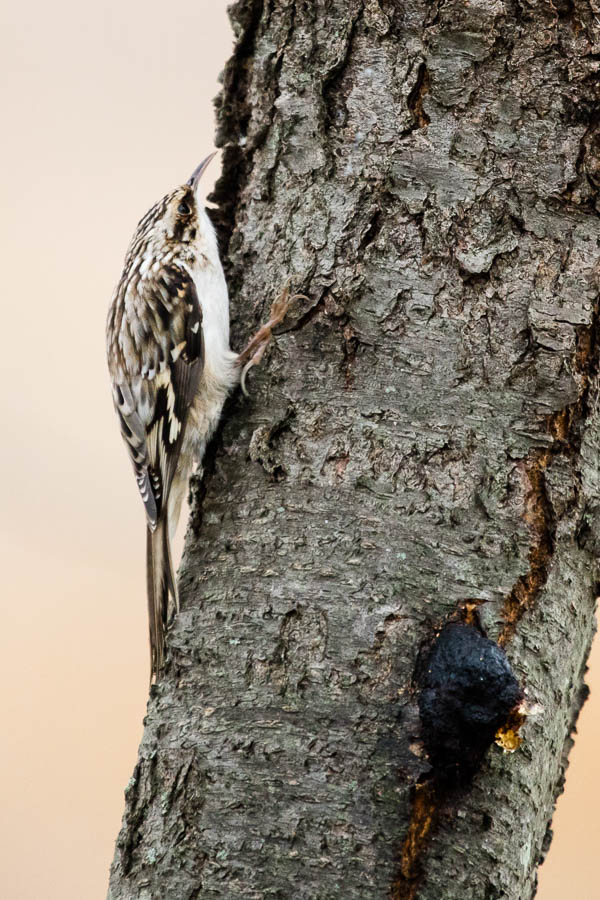
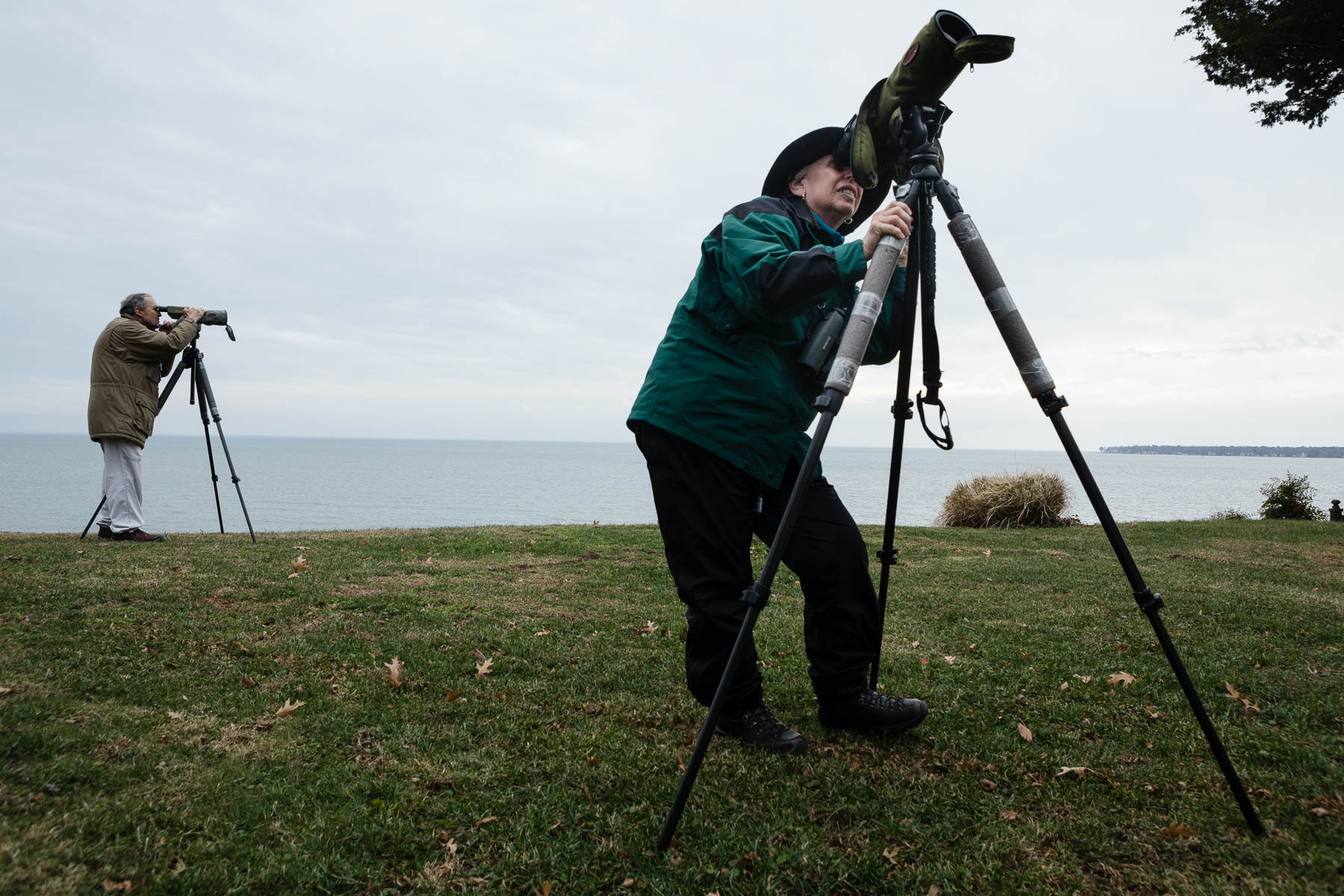
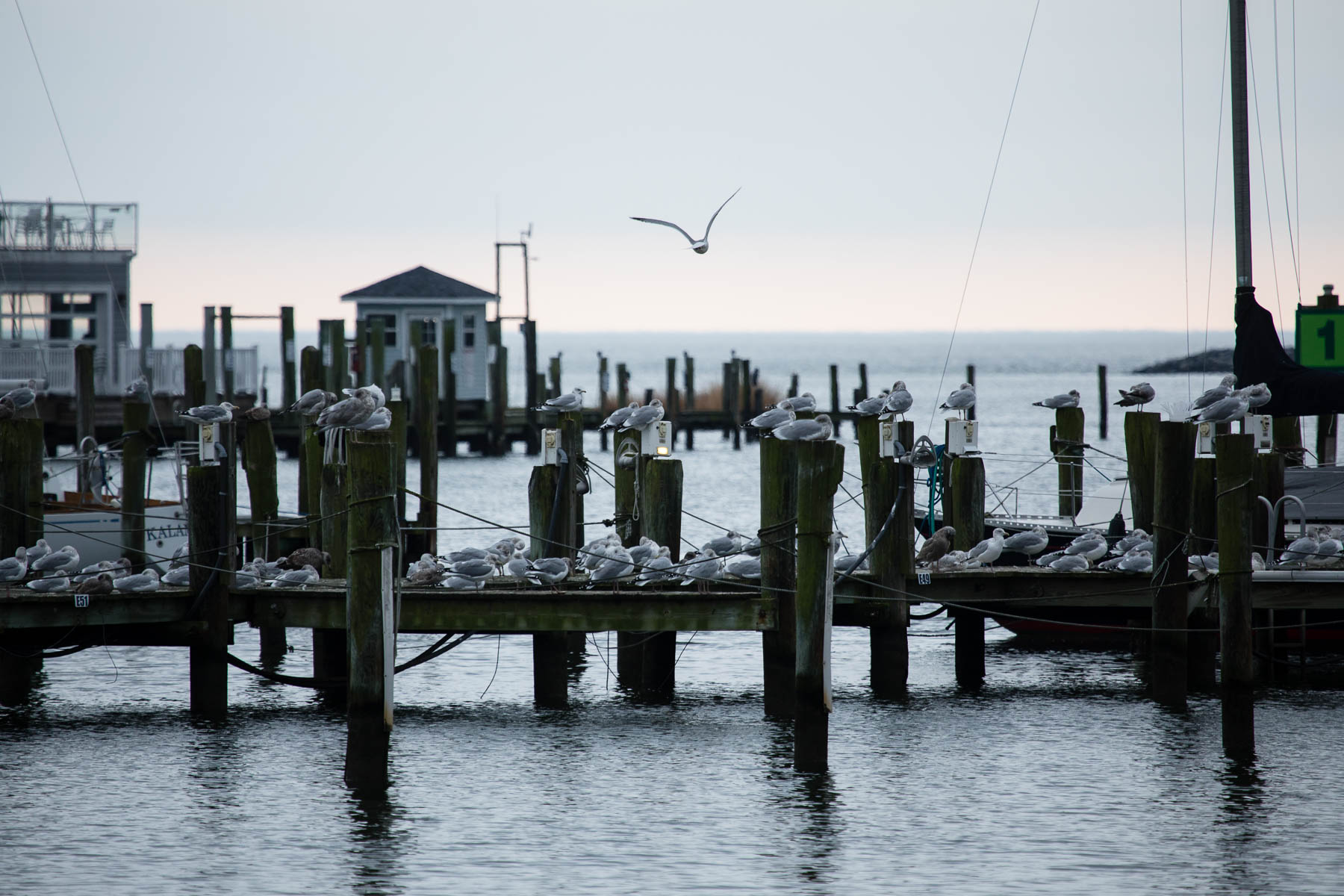
To view more photos, visit the Chesapeake Bay Program Flickr page

Comments
There are no comments.
Thank you!
Your comment has been received. Before it can be published, the comment will be reviewed by our team to ensure it adheres with our rules of engagement.
Back to recent stories